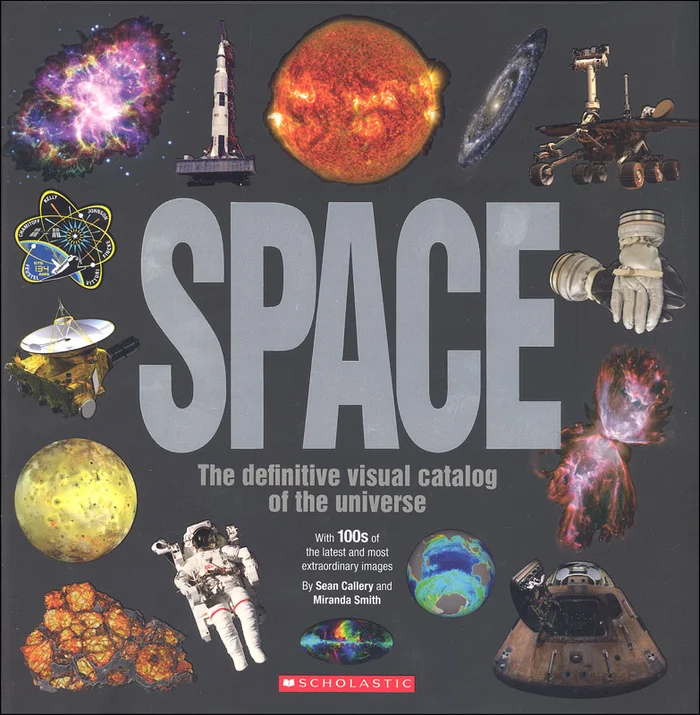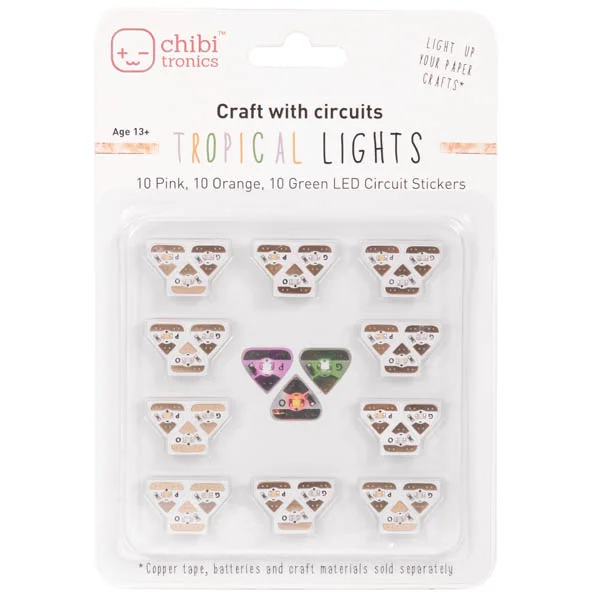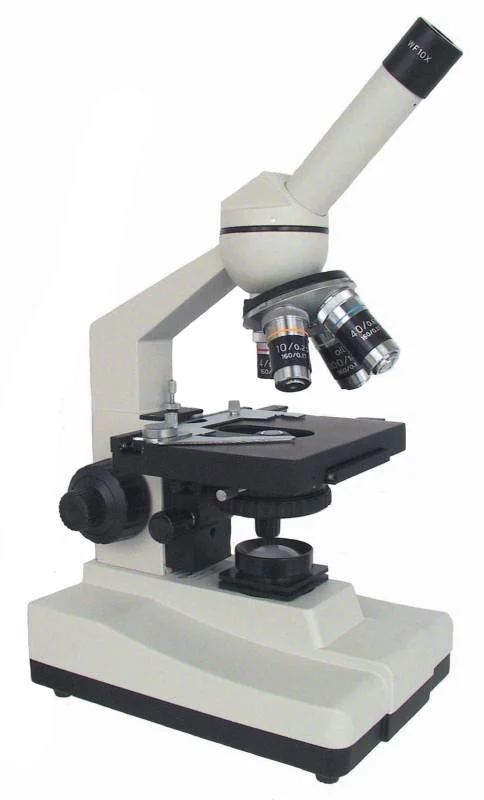Description
New 2ndedition (2022) updates include: book is now bound (not looseleaf and not 3-holepunched), some color images have been added, and video links have been updated.
While I already knewthat Ellen McHenry has a talent for making complicated topics fun andunderstandable for middle schoolers, I was impressed all over again when I sawthis study on the brain. I mean, it seems manageable to teach chemistry tokids, but neurology? Things can get complicated when you start following nervepathways across and through the brain! However, I was relieved to see that youdon’t need to be a brain surgeon to teach this course.
The book has twoparts: the student content and an answerkey, both of which include reproducibles that you can copy for your own familyor one classroom. The student content is at the core of the course and includesall of the text and text-based activities. There are ten topical chapters inthe booklet, plus “half-chapters” that end in .5 and cover”extras” that you could choose to cover or skip, depending on yourinterest and time available. The chapters cover the history of brain research,basic brain anatomy, the right and left sides of the brain, the parts of thebrain and their functions, brain cells, neurons, learning and memory, thebrain’s connection to the body, sleep and brain doctors. Each chapter includesseveral pages of friendly, straight-forward text on the topic, augmented bygraphics and the little fingerprint guys you might recognize from the author’schemistry programs. Several review activities are provided at the end of eachchapter. These are quite wide-ranging in format, so much so that I’m just goingto have to give you specific examples! For instance, in the first chapter onbrain research, the first activity asks students to research different brainscans on the internet and answer a question about each, then read to find outmore about Phineas Gage (the strangest story in brain research!). Finally,students complete a color-by-number “PET Scan.” In the chapter aboutbrain parts and functions you’ll find a crossword puzzle to complete, a diagramto color the parts of the brain, and “The Brain Song” to listen to,which is available as a download on the author’s website.
Other fun activitiesinclude making a 9-square puzzle of connected neurons and using the right andleft sides of your brain to complete specific challenges. An answer key isprovided at the end of the student portion and contains all of the answers toactivities with specific answers. The teacher’s section is primarily made up ofmore involved, hands-on activities. These are organized by correspondingchapter and include fun ideas like making a brain “hemisphere hat”using the reproducible patterns that show the different areas of the brain, doingan MRI on an orange, making a human neuronal network, building an edibleneuron, and much, much more. I was very impressed with the hands-on activitiesoverall; they are very creative! This would be a very fun curriculum to usewith a co-op, or with several of your children at one time. I would recommendfinding some good text resources on the brain, as the visuals are a bit limitedhere and there may be topics you’ll want to read more about. I do, however, thinkthe content and the activities here will definitely capture children’sinterest! 140 pages. ~ Jess/Sara






Reviews
There are no reviews yet.